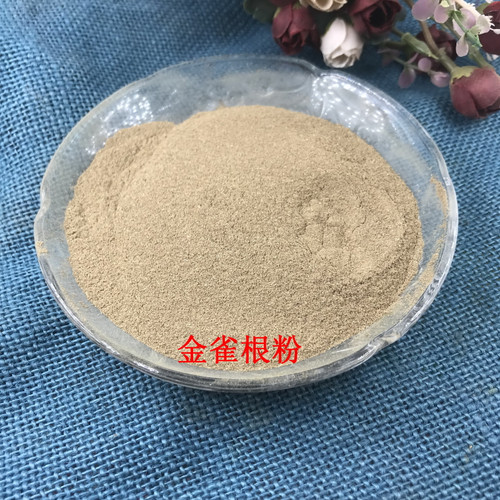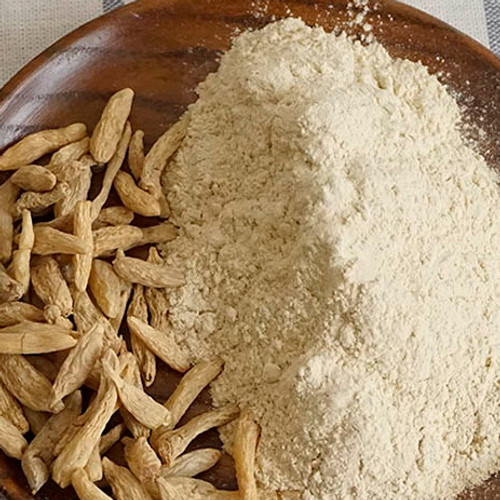Product Overview
Parts used: Dried root and rhizome
TCM category: Herbs that clear Heat and relieve Toxicity
TCM nature: Cool
TCM taste(s): Pungent
Meridian affinity: Lung
Scientific name: Fagopyrum dibotrys
Use of perennial buckwheat roots (Jin Qiao Mai) in TCM
Please note that you should never self-prescribe TCM ingredients. A TCM ingredient is almost never eaten on its own but as part of a formula containing several ingredients that act together. Please consult a professional TCM practitionner, they will be best able to guide you.
Preparation: Remove impurities, wash, soak in water, cut in thick slices and dry.
Dosage: 15 - 45 grams
Main actions according to TCM*: Clears Heat and dispels toxicity. Expels pus.
Primary conditions or symptoms for which perennial buckwheat roots may be prescribed by TCM doctors*: Carbuncles Lung abscess Wheezing Coughing
Contraindications*: Not recommended for pregnant women.
Key TCM concepts behind perennial buckwheat roots (Jin Qiao Mai)'s properties
In Traditional Chinese Medicine (TCM), perennial buckwheat roots are plants that belong to the 'Herbs that clear Heat and relieve Toxicity' category. Herbs in this category are used to clear inflammatory and infectious conditions, referred to as 'Internal Heat' in TCM. This is why most of the herbs in this category will have both antibacterial and antiviral properties. In TCM one has too much 'Heat' in their body as a result of a deficiency of 'Yin' (which is Cold in nature, see our explanation on Yin and Yang) or, more commonly, an excess of Yang (Hot in nature). Herbs that clear Heat and relieve Toxicity treat the latter while, at the same time, removing infectious toxins from the body. As such they tend to be Cold or Neutral in nature.
As suggested by its category perennial buckwheat roots are plants that are Cool in nature. This means that perennial buckwheat roots tend to help people who have too much "heat" in their body, although with less effect than a plant that would be Cold in nature. Balance between Yin and Yang is a key health concept in TCM. Those who have too much heat in their body are said to either have a Yang excess (because Yang is Hot in nature) or a Yin deficiency (Yin is Cold in Nature). Depending on your condition perennial buckwheat roots can help restore a harmonious balance between Yin and Yang.
Perennial buckwheat roots also taste Pungent. The so-called "five elements" theory in Chinese Medicine states that the taste of TCM ingredients is a key determinant of their action in the body. Pungent ingredients like perennial buckwheat roots tend to promote the circulations of Qi and body fluids. That's why for instance someone tends to sweat a lot when they eat spicy/pungent food.
The tastes of ingredients in TCM also determine what organs and meridians they target. As such perennial buckwheat roots are thought to target the Lung. In addition to performing respiration, the Lungs are thought in TCM to be a key part of the production chain for Qi and the body fluids that nourish the body.






